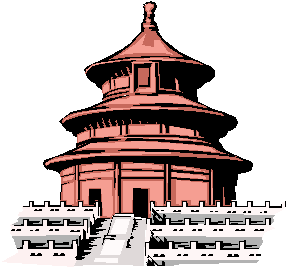|
For the next three and a half days we spent most of our time getting our initial sea legs and peering over the side of the ship trying to see land. We were traveling down along the coast toward the southern tip of India. It was on the third of January 1946 at nine-thirty in the evening when we sighted the Dondra Head lighthouse.  Our first stop was at Singapore in British
Malaya. To reach there we had to travel through the Indian Ocean to the
Straits of Malacca. Each day saw the distance from Karachi to Singapore
lessen and each day brought us closer to Seattle. The Callan traveled
at seventeen knots per hour and covered close to 400 miles in
twenty-four hours. On the sixth of January we entered the Straits of
Malacca and caught glimpses of land from both sides of the ship. On our
starboard was Sumatra, part of the Dutch East Indies, and our portside
gave us a view of the Malay Peninsula. Our first stop was at Singapore in British
Malaya. To reach there we had to travel through the Indian Ocean to the
Straits of Malacca. Each day saw the distance from Karachi to Singapore
lessen and each day brought us closer to Seattle. The Callan traveled
at seventeen knots per hour and covered close to 400 miles in
twenty-four hours. On the sixth of January we entered the Straits of
Malacca and caught glimpses of land from both sides of the ship. On our
starboard was Sumatra, part of the Dutch East Indies, and our portside
gave us a view of the Malay Peninsula.Monday, the seventh of January, just a week from the time we set sail from Karachi, saw us at our first port of call, Singapore. We entered into the Singapore Roads, as the harbor is known, and sailed past many ships of many nations. Among these were five white British hospital ships, and a sister ship of the Callan, the U.S.S. General M.M. Patrick (AP-150). We dropped anchor at five-thirty that evening. From the vast number of ships to be seen in the harbor, it is easy to understand why Singapore is called the "Crossroads of the East". While we were in Singapore we took on a supply of fresh water and fuel oil for the next leg of our journey homeward. That evening in the harbor we stood and watched the vast quantity of lights that were to be seen on the shore and from the other ships in the harbor. Many of us had not seen such a display of lights in many months. It was as pretty as a Christmas tree and it hardly seemed possible that this land was ever any different, yet, from the fifteenth of February 1942 to the second of September 1945, this island was occupied by Japan. Daylight saw us at the rails again to watch the changing harbor scene. During that day the loading operations were in progress. The evening saw us again admiring the view of the flickering lights on the shore. At seven-thirty on the morning of the ninth we sailed again, headed this time for our second port of call, Pearl Harbor, Hawaii. As we left Singapore we swung up into the South China Sea headed past Borneo and Sarawak toward the Sulu Sea. Borneo is part of the Netherlands East Indies. We passed Borneo on the eleventh of January and sailed past the lighthouse of Tubba Ta Ha. |
|
|
||
| previous page |
|
next page |
|
|
||